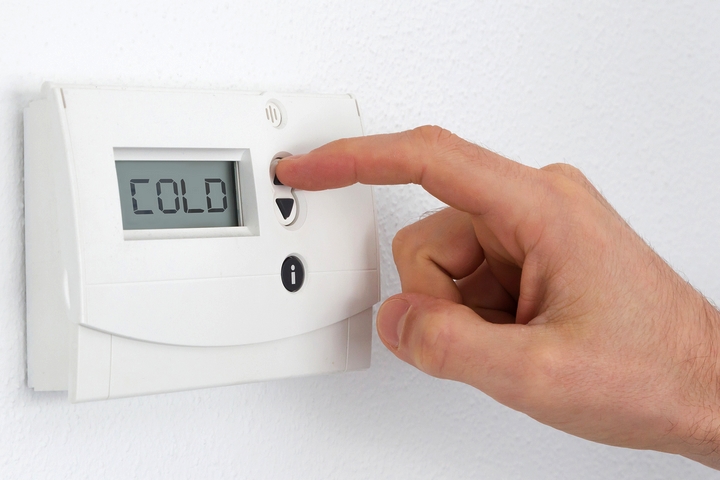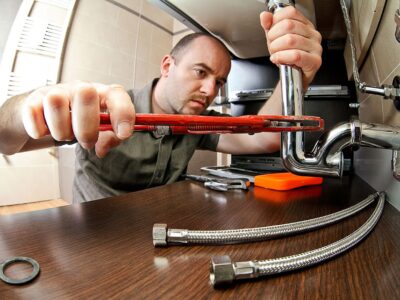
Thermostats just as we have in blackhawksupply.com for instance are simple components, and their characteristics depend on the type of device: mechanical, digital, bimetallic, etc. As technology advances, new functions are added that improve their functioning. Some are composed of molten metal sheets of brass, iron, steel, or copper, and others work by the pressure of gases.
Each type of material has a different coefficient of expansion to bend these sheets and prevent the passage of current. On the other hand, the most modern components have software that calculates the slightest way to keep the temperature stable and turn an electromechanical switch on or off.
System
The system of some thermostats is used to correct the temperature by means of corrective mechanisms. Other devices have air control systems, which respond to changes in pressure in the control tube and activate cooling or heating if needed.
The thermostat is connected to a circuit, and if the cooling is below the limit, it closes the contact and activates the resistances until the temperature is adjusted again. However, if the control is by ventilation, the contact will be closed when the heat exceeds the preset maximum and cooling activated.
What Are The Main Types Of Thermostats?
Different types of thermostats are used in different equipment, according to the working temperature limits and the conditions of use of the component within the heating or cooling system. Next, we have separated the main types of thermostats found on the market according to their characteristic functions and where they should be used. Check out!
Mechanical Thermostat
This is the thermostat that works from non-electronic sensors. The most classic examples of this type of component are those that use the gas pressure principle and the bimetallic ones.
Bimetallic
This thermostat makes use of two cast plates composed of different metals. Each one is formed by a material with a different expansion coefficient, that is, a different expansion capacity according to the heating used. Generally, the metals used in this system are copper, iron, steel, or brass, depending on the function to be performed. As they are made of different materials, each sheet expands or compresses differently, making one smaller than the other, and, consequently, the set bends towards the smaller side.
Subsequently, electrical contact is placed at the end of the set, keeping the current flowing when the correct temperature is reached. If there is a variation in the system, the plates bend and disengage from the contact, preventing the flow of electrons.
Digital Thermostat
Finally, digital thermostats have several variations by region. These components use electronic sensors such as thermocouples and thermistors. Thermistors are items that, depending on the temperature they are at, vary in their electrical resistance. In this situation, the greater the activity within the system, the lower the registered resistance.
Thus, from the thermistor record, it is possible to determine the environment’s temperature. On the other hand, Thermocouples are equipment that uses a set of two metallic filaments of different materials, joined at the end of each other. In this way, thermocouples record the change in the electrical potential of their tips based on temperature variation, enabling measurement. Above all, they are composed of different materials, and each thermostat is more or less indicated according to the function it will be performing and the oscillation amplitude.










